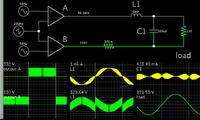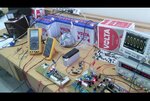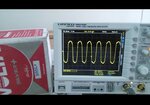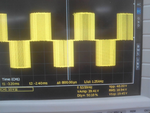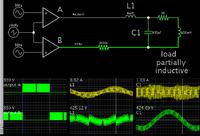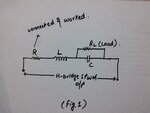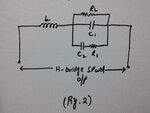usama14
Member level 5

FYP: LC filter in the Sinewave Inverter
Hello All. I successfully completed the DC-DC converter stage getting 330VDC at the output (it was shortening and by increasing the duty cycle, its working now). Now the problem is coming at the output filter at the Inverter stage. The output LC filter is now making the output to go short and Im not geting anything. My carrier freq= 20kHz and L=6mH and C=tried many from nano farads to 1uF. but still hopeless.
The thing is it all worked before with C=0.5uF and same conditions :/ Kindly help, its my last day to submit FYP :/
*edit* I have actually been able to drive an AC fan with the same specs. But my circuit was damaged bcz I got an electric shock and had to rebuild it. Now Im stuck in this stage where I had already been through.
Hello All. I successfully completed the DC-DC converter stage getting 330VDC at the output (it was shortening and by increasing the duty cycle, its working now). Now the problem is coming at the output filter at the Inverter stage. The output LC filter is now making the output to go short and Im not geting anything. My carrier freq= 20kHz and L=6mH and C=tried many from nano farads to 1uF. but still hopeless.
The thing is it all worked before with C=0.5uF and same conditions :/ Kindly help, its my last day to submit FYP :/
*edit* I have actually been able to drive an AC fan with the same specs. But my circuit was damaged bcz I got an electric shock and had to rebuild it. Now Im stuck in this stage where I had already been through.

